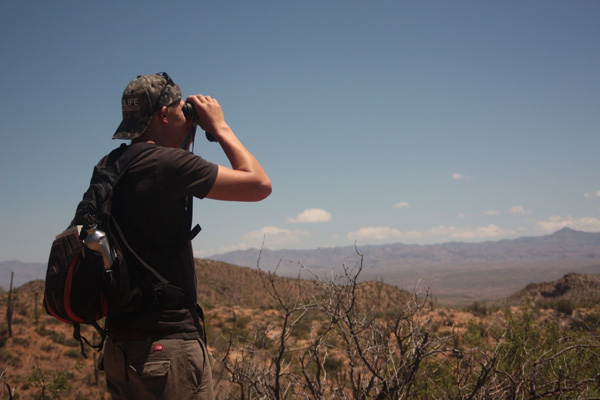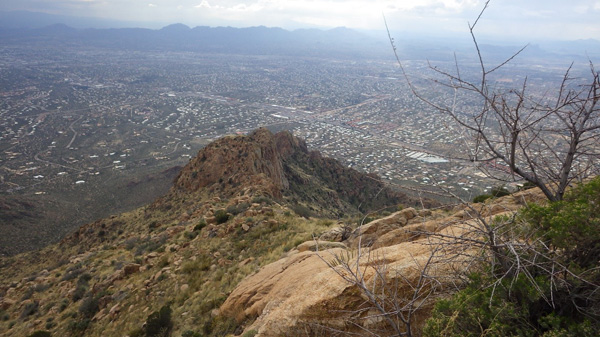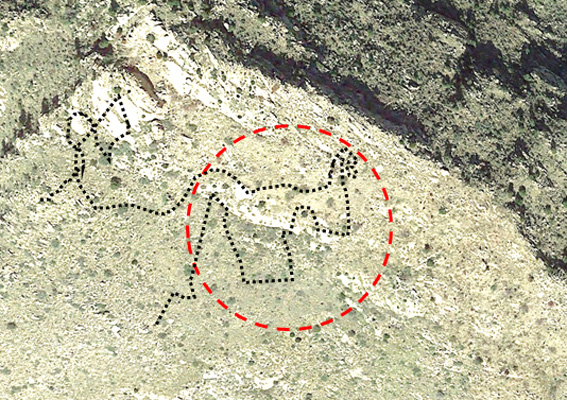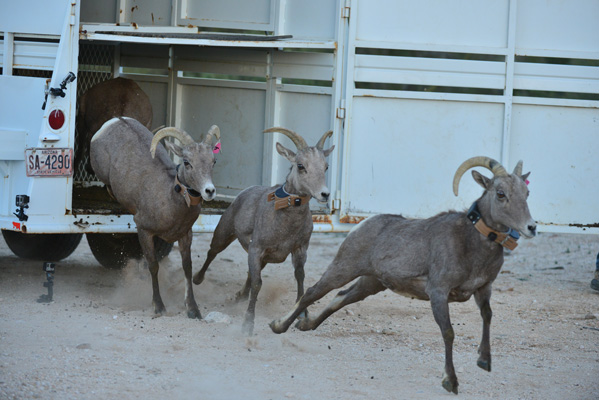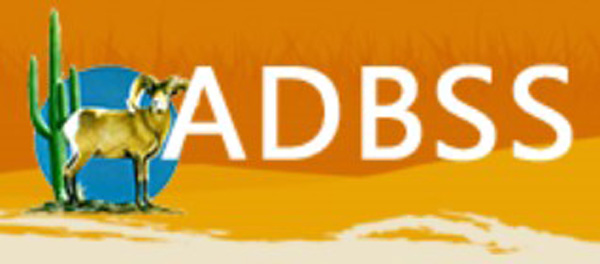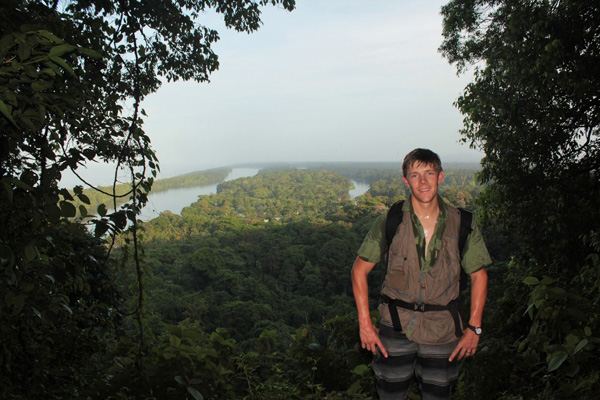
Brett Blum
Brett received a BSc in Wildlife Conservation and Management from the University of Arizona in 2011. Since 2009, he has worked on a number of projects in the U.S. and abroad that examine the relationship between wildlife and human use of the landscape. He is passionate about teaching and feels privileged to have the opportunity to share with others the same wonder and appreciation he feels for the natural world.
Brett completed his Master's Program in 2017. He is currently a research assistant at the University of Arizona working with George Ruyle to study dietary and spatial overlap between wild, feral, and domestic ungulates in National Forests.
